How to properly water cacti?
Plants from the cactus family have adapted to survive in dry and waterless regions of the world. It is necessary to water the cactus taking into account these features of domestic "hedgehogs" - and then the flower will delight for a long time with its original appearance.
Watering methods
There are two options for moisturizing cacti.
- Watering from above.
The traditional way to saturate the plant with moisture. The flower is moistened from a watering can or other dish, gradually soaking the entire earthen lump. The pressure is made weak so that the spray of water does not wash out the top layer of soil in the pot and does not fall on the surrounding objects. After watering, be sure to remove excess moisture that gets into the flower tray.
However, it is undesirable for cacti to irrigate in this way. When watering from above, minerals are washed out of the soil, in addition, there is a risk of rotting the plant from the water that gets on it. The soil in a pot of flowers usually dries up very much, because the flower is rarely watered. This method does not fully wet the soil, the water simply does not have time to be absorbed and quickly flows into the pan.
- Watering from below.
The flowerpot is placed in a container with water until the soil is completely moistened. The pot saturated with moisture is taken out, allowed to drain and then placed on a tray. With such watering, the stalk of the cactus is not waterlogged, the earth is evenly soaked. The disadvantage is that it takes more time and excess salts accumulate in the flowerpot from such bathing.
Watering mode: we take into account all circumstances
Many factors influence the frequency of watering a cactus at home.
- Season.
From the beginning of March to September, the days are longer - the plants receive a sufficient amount of intense sunlight. High temperatures are also conducive to development. During this period, flowers are watered more often than on short winter days.
- Development period.
During active growth, the cactus needs more frequent hydration. Usually, the phase of enhanced vegetative development coincides with the spring-summer season. Many cacti are barely watered during the fall-winter season, and growing specimens require more frequent irrigation.
- Plant type.
Desert and forest cacti have completely different water regimes. People from the tropics are watered more often, especially during the flowering period. Typical representatives of "moisture lovers" are Ripsalidopsis, Schlumberger and Epiphyllum. Aliens from sultry deserts and mountainous regions tolerate lack of water much easier - on the contrary, they often suffer from overflow. These cacti include mammillaria, lobivia and hymnocalycium.
- Indoor temperature.
Regardless of the variety, cacti are watered less frequently at low temperatures. Many species do not moisturize if the thermometer readings drop to 5-7 degrees Celsius.
- Location.
A plant on a light southern window is irrigated more often than a plant living on a dark northern window sill.
Advice
On average, during the period of active development, flowers are watered every 6-10 days. In winter - no more than once every 15-20 days. During the dormant period, cacti tolerate temperatures well around 5-10 degrees. In this case, most indoor "hedgehogs" do not water, they will have a great rest before the next stage of active growth.
Watering depending on the type
There are several varieties of prickly home beauties.
- Forest cacti, native to the tropics.
They differ from other members of the family in that they require more moisture and like to be sprayed. In nature, forest cacti live in the shade, on the trunks of large tropical trees. They need winter watering, they do not like the complete drying out of the earth in a flowerpot.
A typical example of such a flower, known to many, is Ripsalidopsis, or Easter cactus. From March to September, it needs watering every 5-7 days, during the period of winter dormancy - on average every 8-10 days. Schlumberger, the forest "Decembrist", requires watering every 3-5 days in June-September, as well as during flowering. From October to December, irrigate once a week, the rest of the time - twice a month.
- Unpretentious plants come from desert areas.
They do well for a long time without water, many of them stop watering after flowering and in winter.
Ariocarpus is a star-like member of the thornless family. At the beginning of autumn, he begins a period of growth, at this time it will be correct to water the pet every 15-20 days. During the summer months, the soil is irrigated once, in the winter it is not moistened.
Columnar cephalocereus with long silver hairs is irrigated once a week during the growing period, in winter watering is stopped. The same regimen is needed for echinopsis.
Small globular hymnocalycium are popular plants with scale-covered buds of red, pink, or white at the top. In spring and summer, they are moistened every 7-10 days, in autumn, watering is carried out once a month, in winter this type of cactus does without water.
Parody - a cactus blooming from the first years of life with a red, pink or yellow color. From May to September, it is watered every 10-15 days, and in autumn and winter - once a month.
Opuntia is a desert representative with a dense dissected stem. From spring to mid-autumn, it is irrigated once a month; in winter, it is not moistened.
- Representatives of the highlands.
They need rare moisture (1-2 times a month), an abundance of sunlight and cold wintering (5-8 degrees) without watering.
Sulcorebutia is a spherical, abundantly and brightly blooming little handsome man. Between watering, the substrate should dry by 2 cm; in winter, the flower is not watered.
Lobivia is moistened every 15 days in winter and summer; in winter, it is not watered.
Watering tips for cactus
In order to inadvertently avoid a mistake in caring for thorny pets, you should adhere to simple recommendations.
- Many types of cacti feel good outdoors during the warm season. They are always placed under a canopy or awning in order to exclude overmoistening of the plant during rain.
- When watering, you should avoid getting moisture on the plant and do not overmoisten it, especially at low air temperatures. The combination of cold and high humidity provokes rot.
- Unlike most indoor flowers, cacti do not like spraying and are content with low air humidity. This is especially true for desert "hedgehogs" in winter - they are susceptible to mold.
- The next day after watering in the pot, it is imperative to loosen the soil in order to saturate the roots with the necessary oxygen and prevent them from decay.
- It is better to remove dust from these indoor flowers with a brush, rather than wet wipes. For particularly fluffy specimens, use the included hairdryer (in cold air mode).
- It is better to use settled water for humidification. In winter, its optimum temperature is 35 -40 degrees, in summer - from 20 to 35. Do not water it with cold water, regardless of the season.
- Cacti like acidic or slightly acidic, soft, non-lime water. From liquid with a high content of lime, white spots appear on the plants, which are eaten into the lower part of the stem. They spoil the appearance of the plant and disrupt the respiration of the flower. Boil the liquid to soften. It is useful to use rain or melt water for irrigation.
- The best time for irrigation in cold weather is in the morning. Do not overmoisten the flower during periods of nighttime temperature drop and lack of sunlight. In summer, cactus is watered in the evening, because in hot weather the earth dries up very quickly and it does not have time to get enough of the necessary moisture in a day.
- During cloudy and rainy weather, it is advisable to postpone the moisture for several days, wait for the sun.
Do I need watering when transplanting?
The best time to transplant cacti is the first half of spring, when active growth begins. A drainage layer of expanded clay or fine gravel must be placed on the bottom of the pot, which will protect the plant from waterlogging during irrigation. As a soil, a special soil for cacti and succulents with a high content of sand, light peat and leafy soil is used.
After transplanting, the cactus is not placed on a lighted window and is not watered. The first moistening is carried out after four days, when the flower adapts slightly in a new pot.
Watering and fertilizing
During the period of active plant growth, from about March to September, watering can be combined with top dressing. To do this, choose special fertilizers for cacti and succulents; for some species, only half of the dose indicated in the instructions is used.
Regular moderate moisture is a guarantee of good health of cacti. Timely watering increases the lifespan of indoor plants, increases the chance to see the charming bloom of thorny beauties.
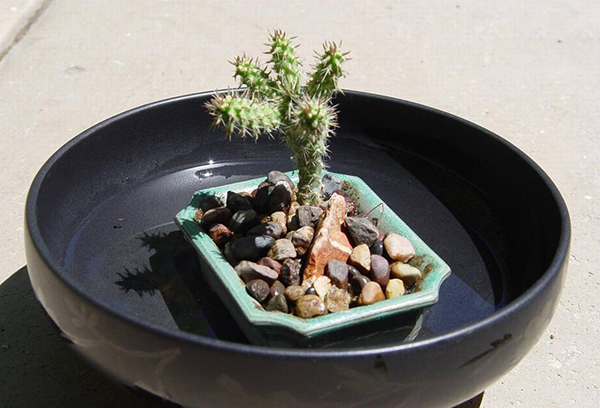
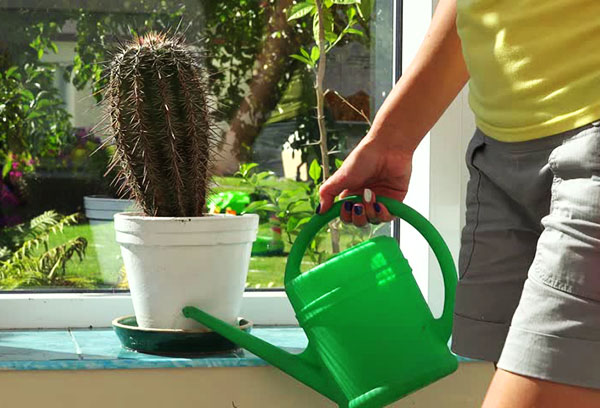
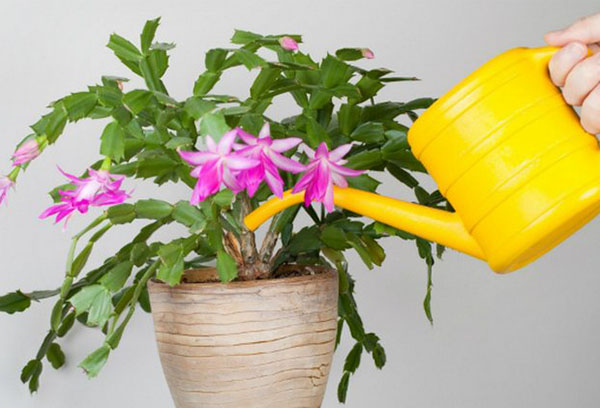
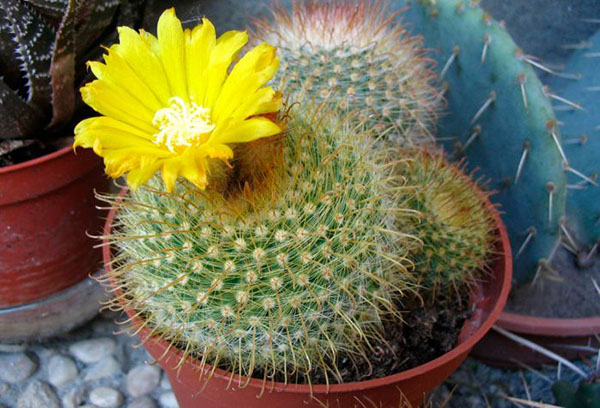
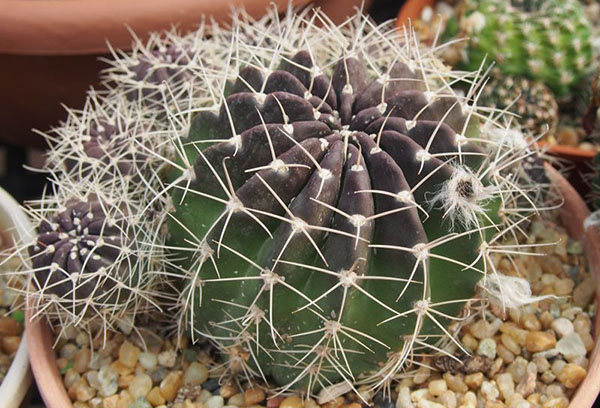
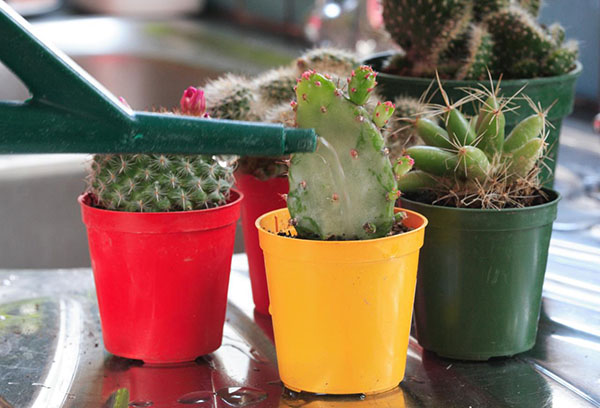
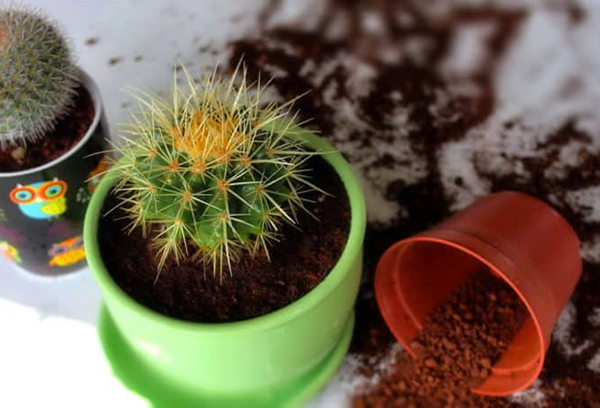
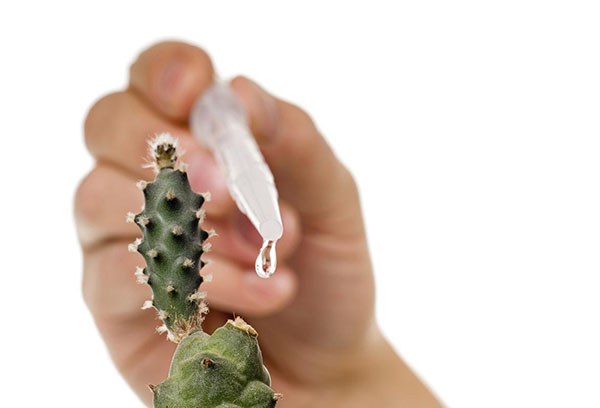
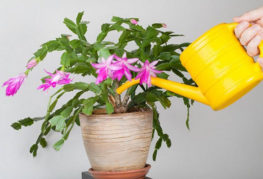
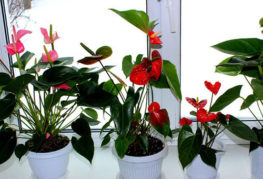
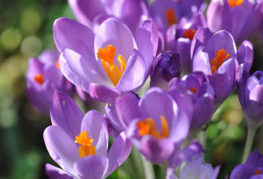
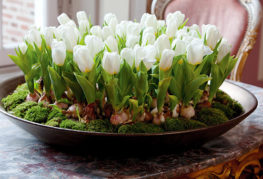

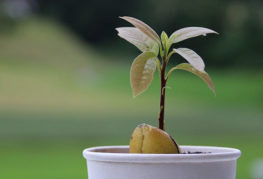
and will be published shortly.